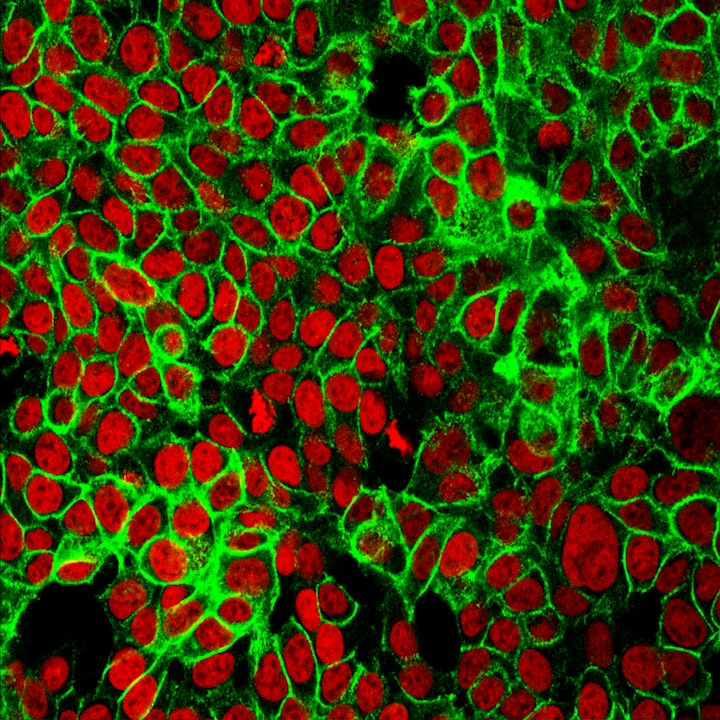Why Do Some People Pass Out on Rollercoasters?
Uncover why some people pass out on rollercoasters due to G-LOC and blood circulation dynamics.

The sensation of passing out on a rollercoaster can be a terrifying experience for many thrill-seekers.
Understanding the science behind this phenomenon can provide valuable insights into why some individuals are more susceptible than others.
Blood Flow Dynamics:
When riding a rollercoaster, the body is subjected to rapid movements and changes in gravitational forces.
This can lead to a phenomenon known as gravitational force-induced loss of consciousness (G-LOC).
Much like the movement of liquid in a half-full bottle, the rapid acceleration and deceleration can cause variations in blood circulation and pressure within the body.
Individual Variability:
While the physics of rollercoaster movements can explain the potential for G-LOC, individual differences play a crucial role in determining who is more likely to pass out.
Variations in body composition, cardiovascular health, and blood pressure can influence how individuals respond to the extreme forces experienced on a rollercoaster.
Threshold for Loss of Consciousness:
Each person has a unique threshold for tolerating changes in blood circulation.
For some, the body may quickly adjust to the shifts in gravitational forces, maintaining adequate blood flow to the brain.
Conversely, others may have a lower tolerance, leading to a temporary loss of consciousness as the body seeks to stabilize blood flow to vital organs.
Medical Considerations:
Factors such as dehydration, medications, and pre-existing medical conditions can also impact an individual's susceptibility to passing out on a rollercoaster.
Dehydration can reduce blood volume, amplifying the effects of G-forces on the body.
Medications that affect blood pressure or heart rate can further influence an individual's response to the physical stresses of the ride.
Awareness and Safety Measures:
Riding rollercoasters can be a thrilling experience, but understanding the underlying factors that contribute to the risk of passing out is essential for promoting rider safety and well-being.
Theme parks and ride operators utilize safety measures, including restraint systems and ride design, to minimize the potential for G-LOC and ensure a safe and enjoyable experience for all patrons.
A New Angle
The science behind passing out on rollercoasters delves into the intricate interplay of physics, physiology, and individual variability.
As we continue to unravel the complexities of human response to extreme acceleration forces, the pursuit of safer and more inclusive amusement park experiences remains a paramount goal in the realm of thrill rides and entertainment.






